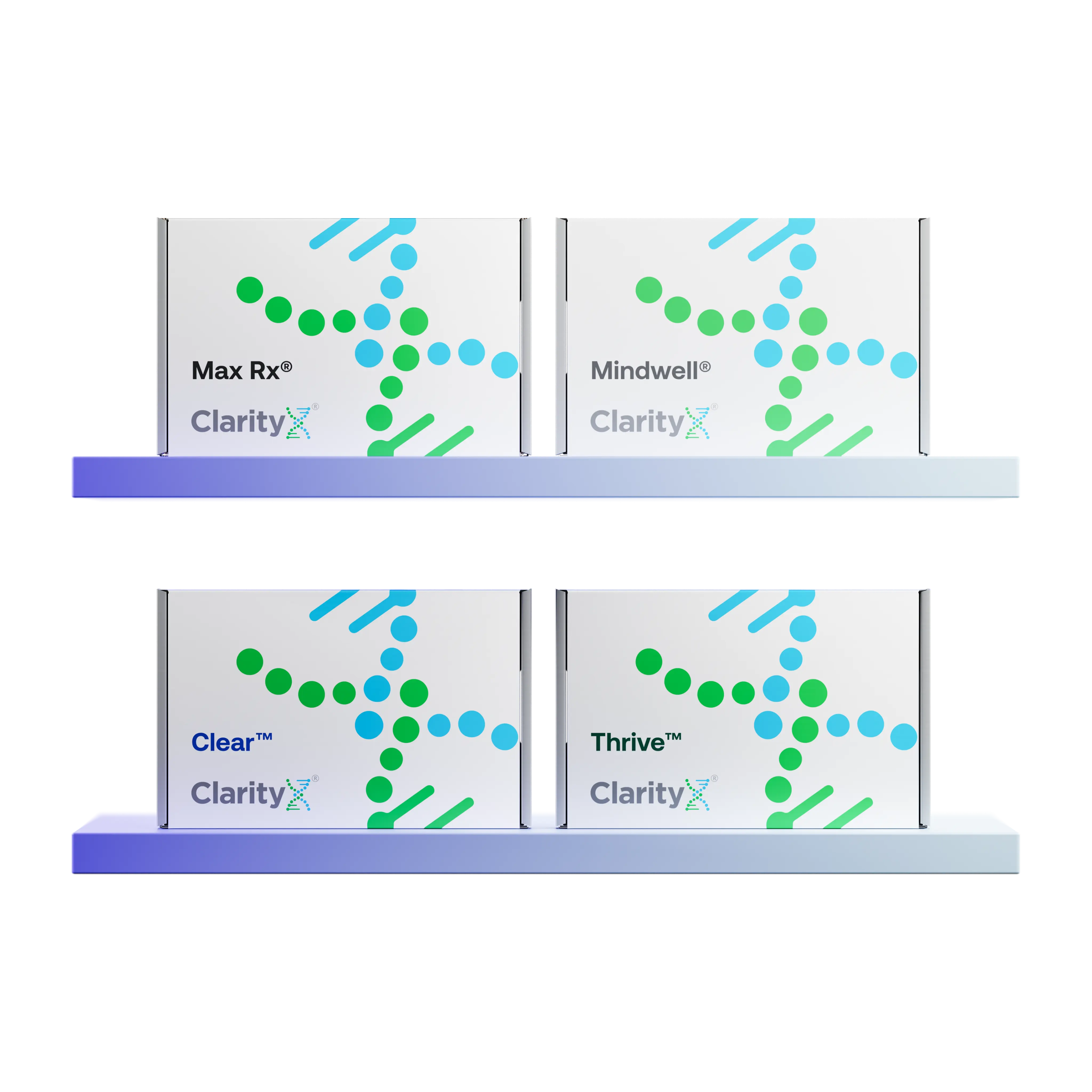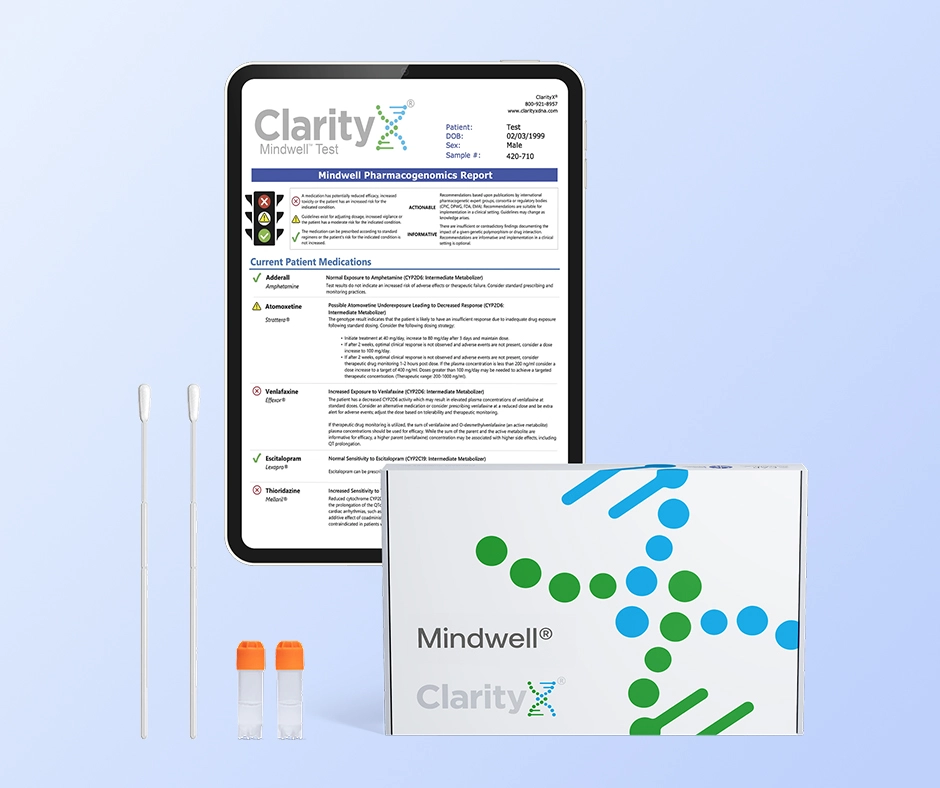Key Highlights
- Methotrexate is a commonly used medication for rheumatoid arthritis. It typically shows effects within 3 to 6 weeks, but full results may take up to 12 weeks in some cases.
- When used for conditions like rheumatoid arthritis or psoriasis, methotrexate is dosed once weekly.
- This medicine lowers inflammation and can suppress the immune system. This helps slow down the disease and may stop joint damage.
- It's important to watch for side effects like mouth sores, nausea, and fatigue.
- Your doctor will probably ask for regular blood tests to monitor your liver and kidney function while you take methotrexate.
- While waiting for methotrexate to work, talk to your doctor about lifestyle changes and other ways to manage symptoms and improve overall well-being.
Introduction
Methotrexate treatment is often used for different health issues, including some types of cancer and the treatment of rheumatoid arthritis. Starting a new medication can feel both hopeful and a bit scary. If you have just begun taking methotrexate, you may want to know when you will start to feel its effects. Let’s examine methotrexate in more detail, including how it’s commonly dosed and how it works in the body.
Understanding Methotrexate and Its Mechanisms
Methotrexate is a powerful medication that belongs to a class of drugs called disease-modifying antirheumatic drugs (DMARDs). This distinguishes it from painkillers, which merely mask the symptoms. Methotrexate targets the underlying causes of inflammatory conditions such as rheumatoid arthritis, helping to prevent permanent joint damage.
It achieves this by reducing the activity of the immune system. At lower doses, it helps diminish inflammation and slow the progression of the disease. Because it can alter the course of the disease, methotrexate is a vital component of rheumatoid arthritis treatment. It not only alleviates symptoms but may also protect your joints from damage over time.
What is Methotrexate?
Methotrexate is a type of drug known as an antimetabolite. It works by stopping certain cells in the body from growing and replicating. This can help manage certain conditions, such as autoimmune diseases and some cancers (e.g., acute lymphoblastic leukemia, or ALL).
When treating rheumatoid arthritis, methotrexate primarily targets the immune cells that attack the joints, which can lead to pain, stiffness, and swelling. By slowing these cells, methotrexate helps to calm the immune system, reducing inflammation and alleviating pain.
Methotrexate is also used in cancer treatment because it can slow down the growth of cancer cells. When used for cancer treatment, doses of methotrexate are much higher.
Aside from the condition being managed, recommended dosing can also be impacted by different individual factors like disease severity, kidney function, or metabolism. The body relies on an organic anion transporter to help process methotrexate, and genetic variants of the SLCO1B1 gene may impact the safety of methotrexate.
Because methotrexate can also impact quickly replicating cells needed for healthy functioning, additional support is needed. When methotrexate is given in lower doses for managing conditions like rheumatoid arthritis, folic acid is also needed to help prevent harmful side effects.
How Methotrexate Treats Different Conditions
Methotrexate is effective in treating various conditions as it helps regulate the immune system. Being an immunosuppressant, it reduces the activity level of the immune response. This may sound unusual, but a less active immune response can effectively manage problems caused by an overly active immune system.
For instance, inflammatory conditions such as rheumatoid arthritis occur when the immune system attacks the body’s own tissues, resulting in pain and damage. Methotrexate helps mitigate this by reducing the overproduction of specific immune cells. This calming effect diminishes inflammation and alleviates symptoms like joint pain, swelling, and stiffness.
In addition to rheumatoid arthritis, methotrexate is beneficial for other conditions as well, including psoriatic arthritis, psoriasis, Crohn's disease, and certain types of cancer.
Initial Effects of Methotrexate in the Body
From the moment you take your first dose of methotrexate in pill form, it starts its journey in your body. It gets absorbed into the bloodstream through your digestive system. Then, it moves around and begins to work with the cells related to inflammation.
These cells take time to develop, and the immune cells currently circulating and causing inflammation are not immediately impacted. The effect on inflammation happens later, once newer immune cells would have moved in to replace the old. This is part of the reason the initial effects of methotrexate are delayed, and why the medication must be used consistently over time to maintain support for autoimmune symptoms.
Another reason it can take time to see initial results is that methotrexate is often started at a lower dose before being slowly increased. This allows the body to adjust to the medication, and gives healthcare providers time to observe the initial effects and ensure safety.
When given for autoimmune disorders like rheumatoid arthritis or psoriasis, methotrexate is dosed once weekly. A common initial dose is 7.5 mg, taken once weekly. Over time, this dose may be increased. It often takes three to six weeks to see a treatment response; in some cases, it may take several months. This may be partially due to the need for gradual, incremental dosage increases over time for some individuals.
It’s important to remember that methotrexate is considered a disease-modifying agent. In this case, this means it helps manage the immune response by limiting the number of immune cells produced. Because of the way it influences inflammatory processes, it will take time to become effective. Rapid relief of breakthrough symptoms often requires treatment with antiinflammatory medications like corticosteroids or NSAIDs.
Managing Side Effects and Symptoms
Methotrexate has many potential benefits, but it can also cause side effects. Work closely with your healthcare provider to ensure you’re on the same page regarding your needs. This often means more frequent follow-ups early in therapy. This can help you monitor how well the medication is beginning to work, but it can also help ensure the medication remains safe over time.
It’s also important to ensure you are receiving and taking medications like folic acid that are recommended alongside methotrexate. Although folic acid is a commonly available B vitamin, it’s typically prescribed and can be picked up at the pharmacy along with your methotrexate prescription. Taking folic acid with methotrexate is important to help reduce the risk of side effects.
Methotrexate dosage is also a source of potential confusion, so it’s important to talk with your healthcare providers and pharmacists to ensure you have a consistent plan. Methotrexate should not be taken daily when prescribed for conditions like rheumatoid arthritis. Taking it daily can significantly increase the risk of dangerous side effects. In contrast, your prescription for folic acid may be recommended daily to ensure you have ongoing support to help mitigate potential side effects.
Common Side Effects to Monitor
The most common side effects among individuals using a once-weekly dose of methotrexate to help manage conditions like rheumatoid arthritis include:
- Elevated liver function tests
- Nausea
- Vomiting
- Mouth ulcers
- Low platelet counts
It’s important to follow up with your healthcare providers regularly while taking methotrexate, but this is particularly important early in therapy or after dosage adjustments.
Blood tests are needed to help monitor for changes in liver function and to help ensure levels of things like platelets remain in a healthy range.
If nausea or mouth sores develop, discuss the best ways to manage your overall needs with your healthcare provider.
This is not an exhaustive list of potential warnings or side effects. It’s vital to communicate openly with your healthcare provider about your overall health history and any other treatments you use, both prescription and over-the-counter products, to help ensure safety.
Tips for Alleviating Early Side Effects
The good news is that you can take steps to ease side effects and make using methotrexate more comfortable. Your doctor may prescribe a low dose of folic acid, a B vitamin that can help reduce some side effects of methotrexate. It's important to follow your doctor’s instructions for taking folic acid, as the right dose and timing can make a significant difference.
Regular blood tests are crucial. They help check how well you're responding to methotrexate and spot any possible problems early. These tests ensure the medication works as it should and that your healthcare provider can make any needed changes.
Remember, methotrexate affects how your body uses folic acid. Folic acid is very important for cell growth and division, including healthy cells. By boosting your folic acid levels, you can reduce some side effects and improve your well-being during treatment.
Lastly when considering treatment options like methotrexate your genetics can also play a vital role in determining which medications will be best suited for you. A simple test can help reduce the trial and error process associated with finding the right medication. Find out more by visiting www.clarityxdna.com
Conclusion
Methotrexate is a potent medication that alters our bodies’ ability to produce new cells. This can help manage autoimmune conditions in which limiting the number of immune cells produced would be beneficial, or it can also help control tumor growth in certain types of cancer. However, it can also affect other rapidly-proliferating cell types needed to maintain overall health.
It’s vital to recognize that, when used for conditions like rheumatoid arthritis, methotrexate is intended to help reduce immune function over time rather than provide immediate results. Working closely with your healthcare providers is also important to ensure the medication is used safely.
Frequently Asked Questions
How do I know if Methotrexate is effective?
Your healthcare provider will use different methods, like blood tests, to check how your disease is progressing and how well your treatment is working based on the results of your tests. You may notice some relief from your rheumatoid arthritis symptoms in a few weeks. However, it may take several months to feel the complete benefits of methotrexate.
Can I engage in regular activities during the first week of treatment?
Pay attention to your body and take time to rest, especially if you have side effects or if your symptoms are acting up. As your body gets used to the type of treatment medication, you can slowly return to your normal activities when you feel ready.
What should I do if I see no improvement by day 7?
Don't worry! It might take a few weeks for methotrexate to show signs of improvement in your rheumatoid arthritis symptoms. Keep taking your medicine as your healthcare provider prescribed. If you have concerns or notice any side effects, talk to your healthcare provider.
References
https://dailymed.nlm.nih.gov/dailymed/drugInfo.cfm?setid=dd39255b-81d1-4c08-aecf-acc4f2cdc04a
https://www.ncbi.nlm.nih.gov/books/NBK556114/
https://pubmed.ncbi.nlm.nih.gov/24916606/
https://pmc.ncbi.nlm.nih.gov/articles/PMC3567337/
https://clarityxdna.com/blog/genetic-testing-for-medication-efficacy/






